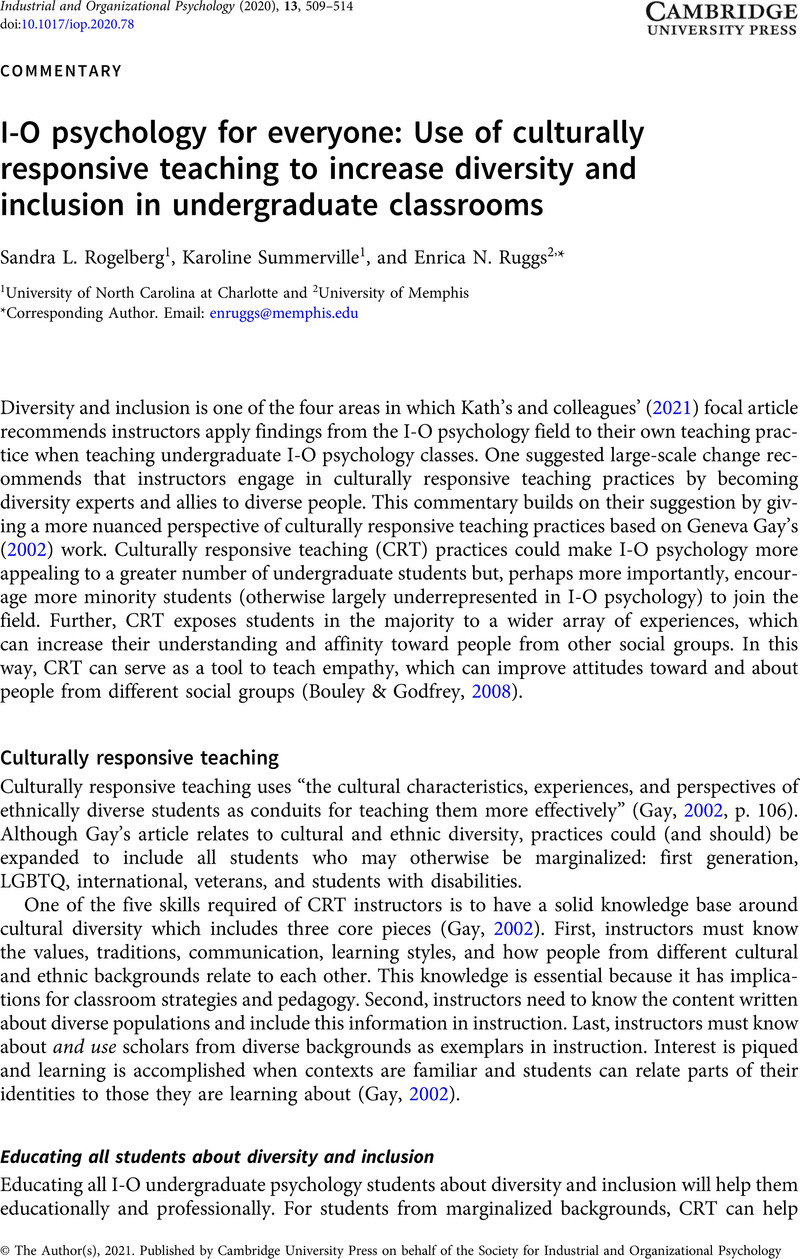Crossref Citations
This article has been cited by the following publications. This list is generated based on data provided by Crossref.
Schaper, Niclas
2022.
International Handbook of Psychology Learning and Teaching.
p.
1.
Schaper, Niclas
2023.
International Handbook of Psychology Learning and Teaching.
p.
539.



